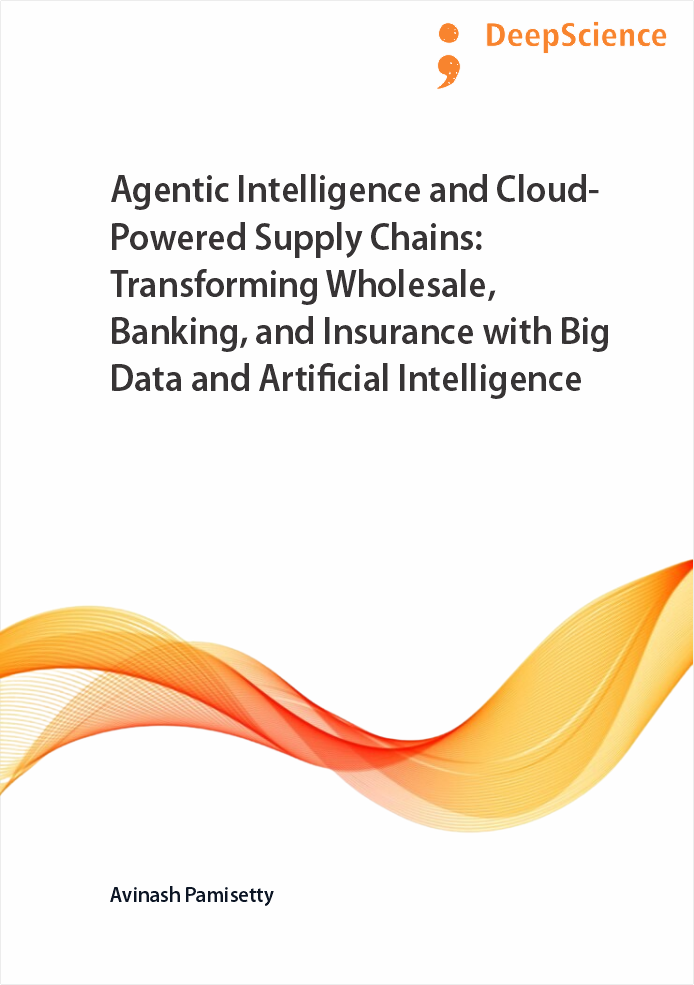Integrating artificial intelligence and cloud solutions to drive innovation in retail and commercial banking
Synopsis
Demanding market trends and changing consumption habits have kept many retail banks, those secondary banks focused on individuals and small- and medium-sized corporations, in a perpetual state of reform. They find themselves in the unusual position of no longer being able to draw their profitability maps on an established cycle of products and financial services. Instead, they are challenged by competitive technological disruptions and the completely distinct operations and lines of value proposed by the new key players in the value chain of transactions. At the same time, they need to reconsider their historical way of thinking in terms of services. The on-going digitalization of services is not a minor evolution in the way they propose financial services. It forces them to revise their industrial models and integrate technology-driven finance, algorithmic recruitment, and big-data-driven market transactions into their processes.
Retail banks, which have long remained bystanders in this evolution, are now deadlocked. In fighting to retain their services, value-chain position, and advantage in terms of client knowledge and balance-sheeted trust, the four major issues at stake for these banks are to foresee and propose new financial services, to use information available on the proposed service, to use information sent back by client interactions on the service and to use Exploitable Data from the clients widely, privately stored irrelevant for this service by the clients, the usage of which was unseen by the banks.
Information available on the service, which is ill-adapted for its usage, lead classical models of probabilistic scoring applied to industrial models of large size sales. It is a highly structured decision for which heuristic or greedy algorithms acceptably solve the return-on-fitness. The proposed financial services targeted to large and hugely structured information can be predicted with the word-of-type or nth providers. However, the bewildering variety of behaviours involved in interactions with the proposed product means that little information is received through these possibilities. The clients provide part of their service evaluation with a non-causal behaviour leading to difficult reverse modelling of scoring. Besides, on-going negotiation rules lead to an acyclicity between package decisions and scoring leading to structural impossibility.












